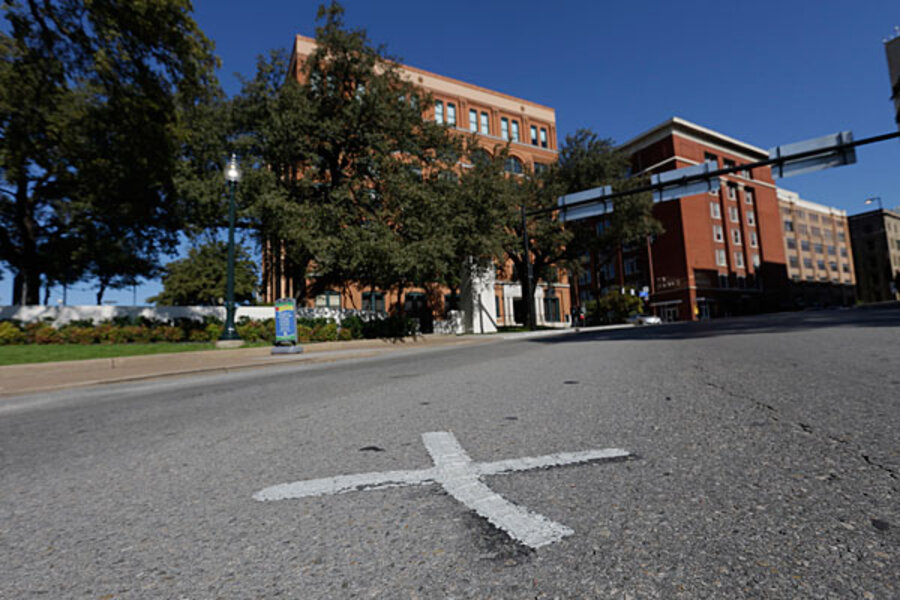Sometimes dubbed the mother of all conspiracy theories, the hunt for the truth about the Nov. 22, 1963, assassination of John F. Kennedy continues to trouble and engage many Americans. Even a 1979 House of Representatives Select Committee on Assassinations report raises doubts.
Some skeptics claim that Lee Harvey Oswald could not have fired all three shots, and they try to explain the motivations as either Cuban payback for Kennedy's attempt to invade the Communist island or a CIA conspiracy to stop Kennedy's ambitions of ending the cold war.
Five years ago, the Discovery Channel assembled forensic experts to once again examine the evidence. It also simulated the motorcade procession, firing live shots at a dummy of Kennedy from different locations, including the "grassy knoll" from where some witnesses claim to have heard gunfire.
Though the team couldn't positively pin Oswald as the shooter, its findings did concur with the theory that the shots came from the sixth-floor window of the Texas School Book Depository, where Oswald worked.
Robert Holmes, in his new book, "A Spy Like No Other," argues that Oswald was probably the lone gunman, but that he was directed by a rogue element within the KGB striking back at Kennedy for his success in the Cuban missile crisis.







